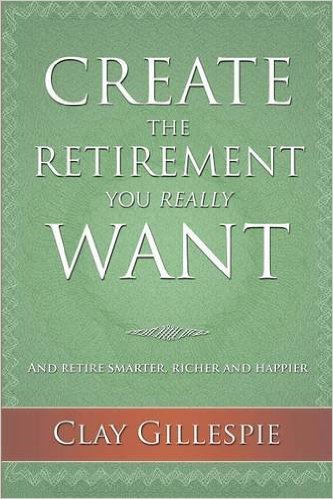 The Financial Post has just published (in Thursday’s paper and online) my article headlined “You can earn $50K in tax-free dividends but there’s a catch: You can’t have a job.”
The Financial Post has just published (in Thursday’s paper and online) my article headlined “You can earn $50K in tax-free dividends but there’s a catch: You can’t have a job.”
Can’t have a job, indeed, or a large pension or any other source of significant alternative income.
The article is based on a BMO Financial Group report (May 2016) entitled Eligible Dividend Income. It shows that at least eight provinces or territories make it possible to receive $51,474 a year in “tax-free” eligible dividend income, provided there are no other major sources of income, and notwithstanding any provincial health levies.
These include Alberta, British Columbia, New Brunswick, Ontario, Saskatchewan, the Northwest Territories, Nunavut and Yukon. It’s only $45,309 in Prince Edward Island, $35,835 in Quebec, $30,509 in Nova Scotia, $24,271 in Manitoba and just $18,679 in Newfoundland and Labrador.
BMO won’t update for 2017 until all 2017 provincial budgets are released. When it first began publishing the document for the 2012 tax year, the maximum amount of tax-free income on eligible dividends was $47,888 in Ontario and eight other provinces. The amount rose to $48,844 in 2013 and to $49,284 in 2014.
Dividend Tax Credit, Basic Personal Amount are keys
This low-tax phenomenon happens through a combination of the Basic Personal Amounts (which in 2016 makes the first $11,474 tax-free federally) and the 15.02% federal dividend tax credit on eligible Canadian dividends: Continue Reading…





